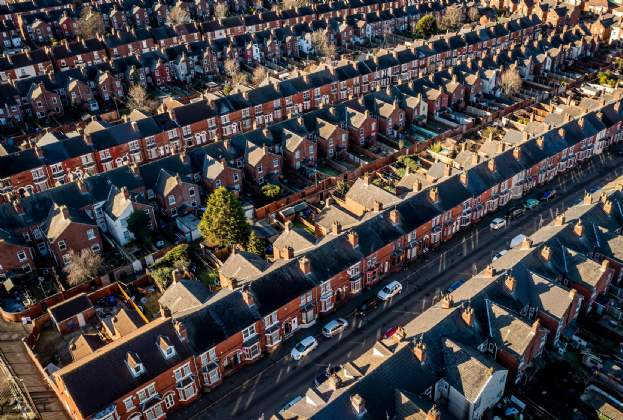In the latest instalment of our Meet the Experts series, we chat to Phillippa Dalby-Welsh, Head of the Country House Department, and classical architect George Saumarez Smith from ADAM Architecture about emerging trends in the country house market from the historic setting of Possingworth Manor – a Grade II*-listed Jacobean house in the High Weald AONB, on the market for £3.95m.
“Architecture is emotive: identifying the ideal house requires balancing priorities with compromises within the framework of time and budget,” says Phillippa.
Country houses have undergone something of an evolution in the past two decades. Some aspects, such as the privacy they afford and the immersion in the landscape, remain the same. While other elements, such as having a substantial kitchen and family room at the heart of the home, dissolving boundaries between inside and out, multiple home-working spaces and energy efficiency have escalated in importance. Often, meeting these desires will require embarking on a sensitive restoration project.
“Some buyers are now seeking instant gratification,” explains Phillippa. “Restoration raises concerns over time, planning and costs. However, in some circumstances, the desired result may only be achieved by undertaking a substantial project or building from scratch, particularly if being in a certain location is a top priority.”
“My Grandfather, classical architect Raymond Erith, always said we should live in a house for a year before doing anything,” says George. “This lets you understand which rooms are used the most, how the sunlight changes through the seasons and where to focus the budget.”
“Old buildings need to adapt to new generations of owners, but I feel it’s important that owners should adapt themselves to a certain extent too,” George continues.
Contrary to popular assumption, it is possible to make changes to listed properties. “It’s written into planning law that country houses must have a viable ongoing use, so we look at ways of sensitively adapting country houses to suit modern family living,” explains George, “In this way, we ensure they have a future.”
New ideals are dictating both the renovation and new build agenda. As such, we are seeing the emergence of a new category of country house – one that has architectural merit, material quality, practicality and sustainability at the heart of the design.
Browse some of the country house properties Phillippa currently has on the market.


(1).jpg)



.jpg)
.jpg)
.jpg)
.jpg)
.jpg)
.jpg)
.jpg)

.jpg)
.jpg)
.jpg)